- Home
- /
- Literary Festival
- /
- News
- /
- Stranger Samples – Anti-Interview #2 Lucy Berry
Anti-Interview #2 with Lucy Berry
(Medical Testing Laboratories, Bantry General Hospital)
By Sarah Byrne
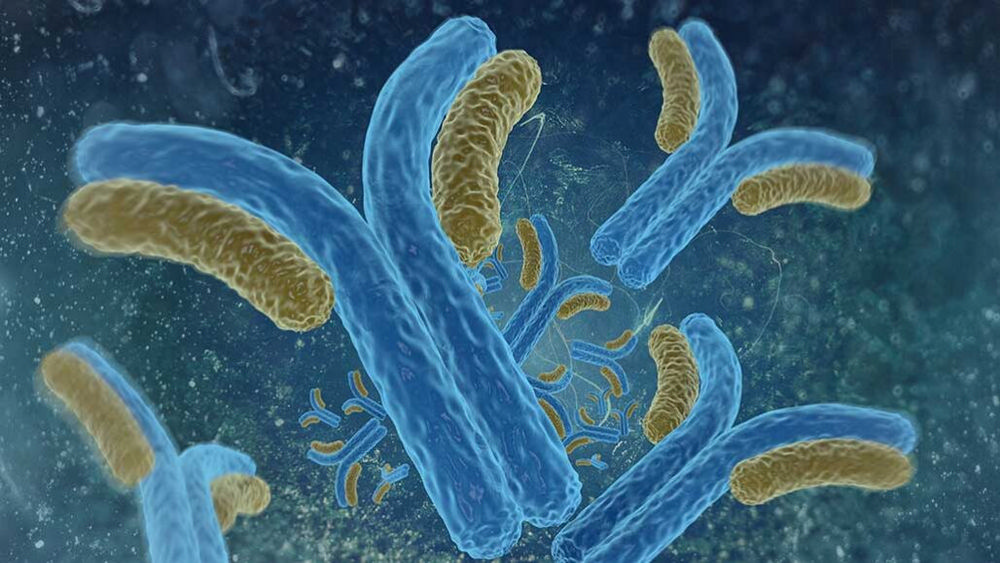
This interview with Medical Scientist, Lucy Berry, tunes into our sense of touch. I chose to interview Lucy because she has worked at Bantry General Hospital since 2006. Laboratory diagnostics is hidden from a patient’s view, but it is often the place where their medical journey is at a crossroads, and follows the track of health or illness. The laboratory is not just a site of discovery, but one of translation.
Part of the Stranger Samples work will involve looking at the chain of custody. In forensic contexts, this is the chronological documentation that records the sequence of custody of evidence (often biological). In healthcare contexts, it relates to the movement of a medical sample such as blood. In this interview, Lucy reveals how a medical scientist is often only privy to a fragment of a patient’s narrative; that they may be the first person to encounter the disease, however they will often be oblivious to the story’s resolution. This is a unique insight to a body’s inner life made even stranger by the pandemic.
A Skibbereen native, Lucy started working in Bantry Hospital Laboratory as a lab aide in 2005. Following completion of her degree a year later, she returned to Bantry and has become a permanent member of the team for the last 15 years specialising in biochemistry within the multidisciplinary laboratory.
A stranger is…
something that has really changed in a lab setting due to the COVID-19 pandemic. Before the virus, patients sometimes dropped off their own samples from the GP. In general, it was always pleasant to make a personal connection with a patient as that’s not a common characteristic of our role. That transient connection has been lost but will hopefully return soon. The Biochemistry and Haematology labs process 600-650 samples daily. 90% of the time, the findings are normal, however with the remaining 10%, we can encounter results that make you reflect. This brief connection with a stranger serves to keep “the patient” central to everything we do, and they may not realise this because they aren’t present. If you discover a profile that looks like it might be leukemia or diabetes for instance, you know it’s going to be life changing for the person therefore we must be utterly diligent in everything we do. Balanced against this diligence, there’s also a frustrating aspect of our role in the patients care, having seen abnormal results within the laboratory, we may never learn the diagnostic outcome for the patient.
What’s the strangest thing about your job?
I’m not sure I find anything about my job strange as I do it every day, but what’s strangely fascinating about it is that a small sample of blood can tell you so much about a person such as their diagnosis, prognosis and required treatment. It’s incredible that all these markers in the blood have been discovered, identified, and linked to processes within the body.
What room in your house are you most comfortable?
I adore my home. We are very lucky in where we live. The house overlooks Carbery’s Hundred Isles, and it’s a very peaceful place. My husband built it when he was 21 and it was holiday-let until we took it over in 2013. We built an extension and I loved putting my mark on it. I have two children, aged seven and five, and it’s now at this stage where we can relax and watch TV together, so I think the sitting room is my favourite. It’s also where we play board games and puzzles. I don’t like the kitchen because there’s always something to be done! The sitting room is a space to unwind.
There’s a knock on the front door, who would you like it to be?
Honestly, I don’t want anyone calling to my front door with an opportunity or offer. I have what I need. It is the people inside my front door, my family, that are going to help, support and encourage me, be there for me.
There’s a knock on the back door, who would you like it to be
My sister who lives in Spain. I haven’t seen her in over two years because of COVID-19.
Something Old
This comb for my horses. It was the first comb I bought when I got my first pony at 11. It’s probably the oldest thing I own, besides a teddy bear I got when I was seven. This comb represents my strong passion for horses, a passion I re-ignited following completion of my studies. I would have loved to have pursued horses professionally; however I didn’t have the courage or encouragement. It’s an extremely challenging career and very hard to be successful in so maybe that was a blessing. I’ve found a way to still make it a huge part of my life and wellbeing.
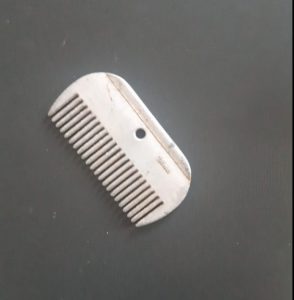
Something New
It’s an illustrated motivational print by an artist called Caoimhe Heaney. I have a few motivational prints about my home, and I like how you don’t notice them for a while and then they catch you off-guard and change the rhythm of your day. I also picked it because my children love animals. This one has a giraffe, butterfly and penguin trying to reach the moon: “I told you we would get there”.
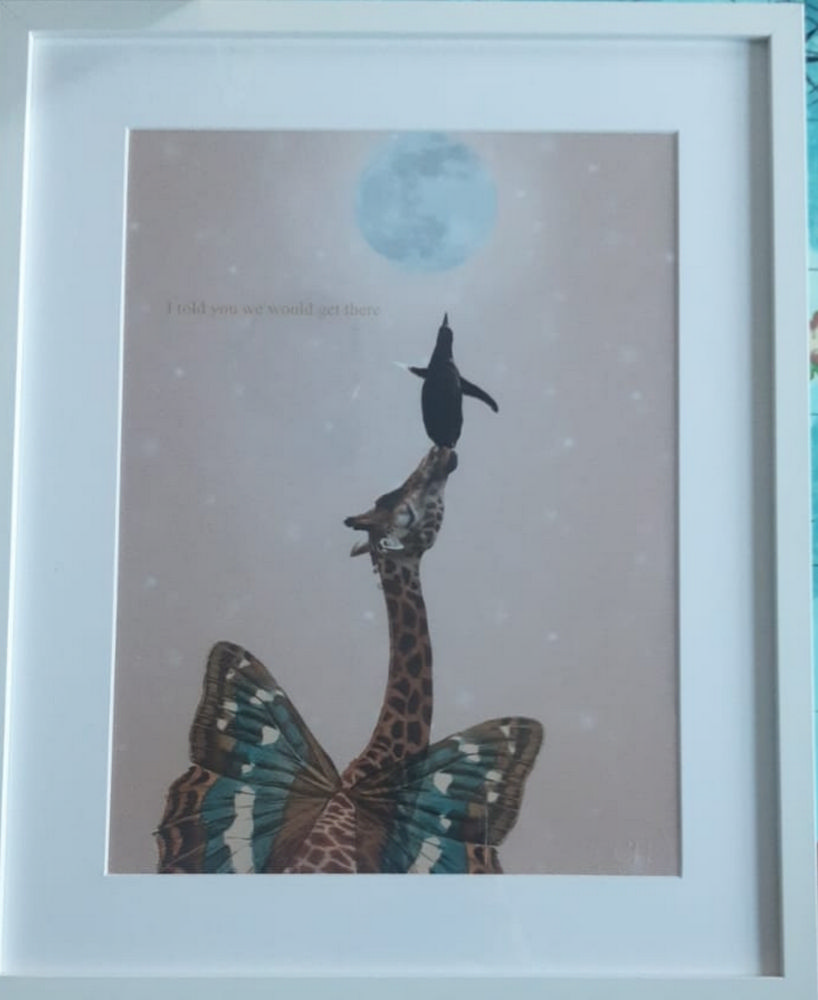
Something Borrowed
This is a picture I borrowed from the photo board in the Laboratory of the then Senior Medical Scientist, Brian O’ Shea’s retirement party. This is the core group I started working with in 2006. I love working at Bantry lab, largely because of the people. They are like family and have taught me so much. A facet of our job is being on-call. This means once you’ve finished a regular 9-5 shift, you stay working until 9am the following day. I don’t think anyone understands the demanding nature of on-call until they do it. The boundary between your home and work life is blurred. Because of working in an on-call environment, we all depend on one another. It bonds people and you also develop a different relationship to the calendar year. I’m not sure we experience holidays such as Christmas like non-healthcare professions. There is no out of office reply when you work in a hospital.
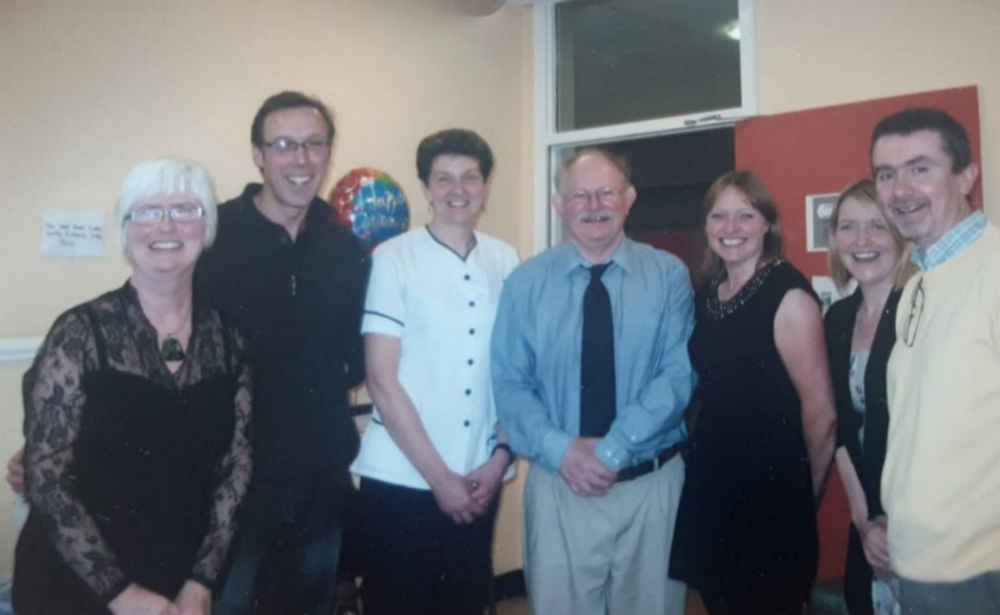
Something Blue
I chose the latex-free blue gloves that we wear daily that are changed multiple times a day. The blue glove is usually to protect the patient and the health professional, but in a lab setting it’s to protect the lab worker from blood-borne transmissible diseases like hepatitis or HIV. There’s a story in every blood sample. We might not always know the background and we don’t always get to piece the whole story together but at times we are at the start of a story. Although a doctor may suspect leukemia in a patient, the Medical Scientist is the first person to identify the disease but after that the patient’s journey moves into the wider medical family. That’s challenging. There’s a different time signature and culture in a rural hospital. Patients may be known or even related to us, putting a face on a sample. This is challenging; confidentiality must be maintained, and the doctor is the one to manage the patient, but the “stranger” may be someone we have a connection to.
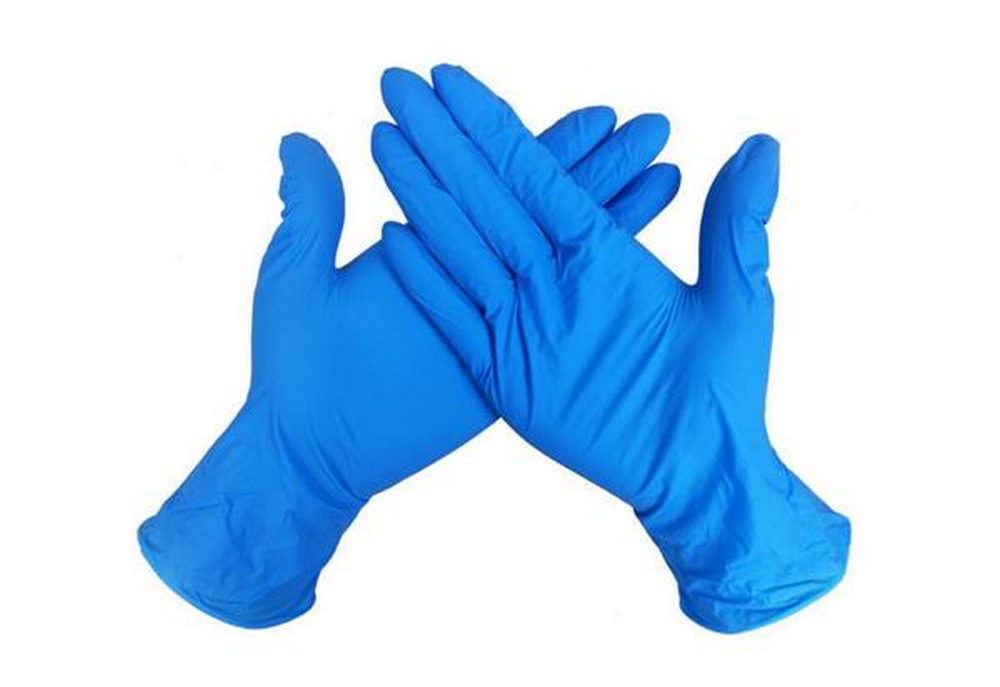
You can follow the progress of Sarah’s project, Stranger Samples, on Instagram (stranger_samples).
All photos credited to Lucy Berry, except close-up of antibody (Photo One) credit and Photo Five blue latex gloves (both Getty Images).
Copyright © 2025 West Cork Music. All rights reserved.
Designed and developed by Matrix Internet